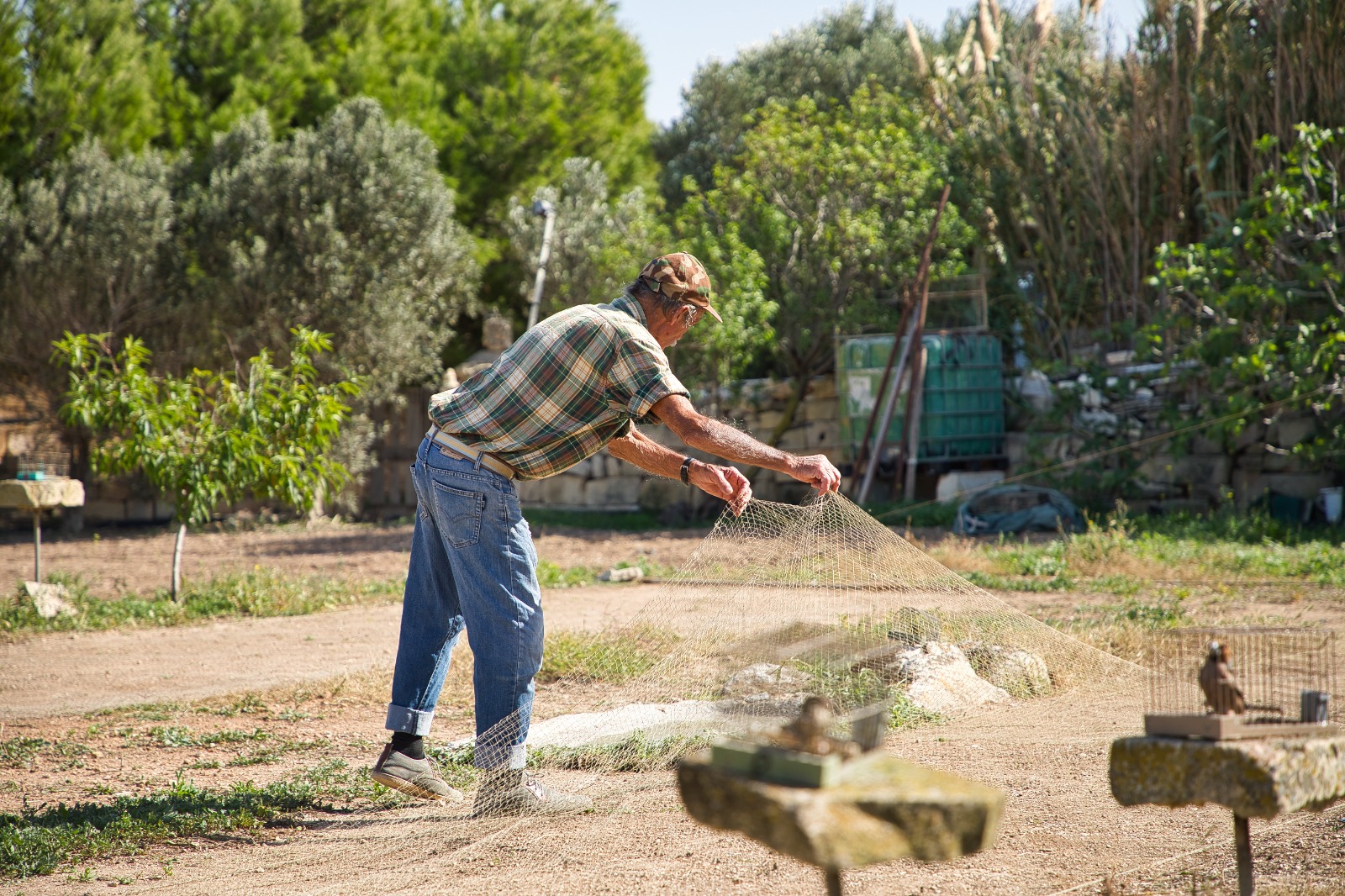
25 Sep 2024 Malta’s finch research project: What did the European Court say?
The European Court of Justice recently ruled against Malta’s finch trapping research project. The media has painted a rather simplistic view of the outcome.
What’s interesting is that the court did not go into the details and nuances of “research” under the Birds Directive, as the opinion of the Advocate General did. This gives a signal that this legal terrain was uncomfortable for the judges because of the wider consequences for (bird) research projects more generally in Europe.
A key point is that the ruling stated that Malta did not provide an adequate statement of reasons regarding the absence of another satisfactory solution.
In other words, the declarations in Malta did not clarify why the specific research project involving trappers was chosen over other research methods.
In light of this finding, the Court did not think it was necessary to examine the pleas alleging, respectively, a failure to demonstrate the absence of another satisfactory solution and that the Maltese derogation scheme does not pursue a research objective within the meaning of Article 9(1)(b) of the Birds Directive.
In reality, these questions are not difficult to answer.
For example, the Court did not say it explicitly, but para no 57 makes us think that the Court might have doubts about the fact that the project has a scientific nature, because of the “unofficial” licensing of the trappers (i.e., unlike trained EURING bird-ringers) or with the “limited number of bird ring recoveries: 15 in 2021, 9 in 2020 and none in 2022” (both points emerge during the preliminary hearing). However, the ringing activity carried out across Europe under the umbrella of EURING (the coordinating organization for European bird ringing schemes) and throughout the world can only result in scientific progress if someone reports finding rings. The number of recoveries in itself is not so relevant; it is what we learn from the number and location of recoveries that contribute to population dynamics research (e.g., whether a lot or a few rings are recovered is information in itself).
In many ways, the Maltese finch research project could be viewed as a significant contribution to increasing the effort dedicated to finch ring recoveries in Malta, as the number of trappers (around 3,500) significantly increases the effort carried out by the c.20 bird-ringers in Malta. The contribution is significant as trappers captured 15,914 finches in two years (2016 and 2017), whereas bird-ringers captured only 2,683 over 44 years (1965-1983 and 1984-1995).
As EURING aims to promote and encourage scientific studies of birds, particularly those based on marked individuals, such a project should be supported by the scientific community and national and European institutions.

